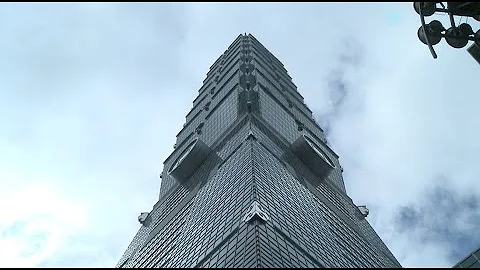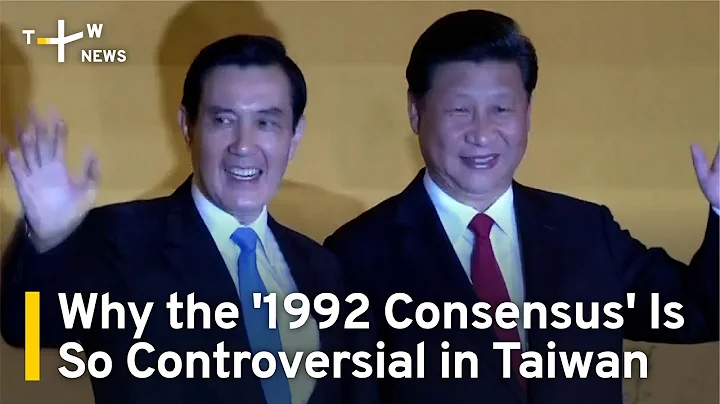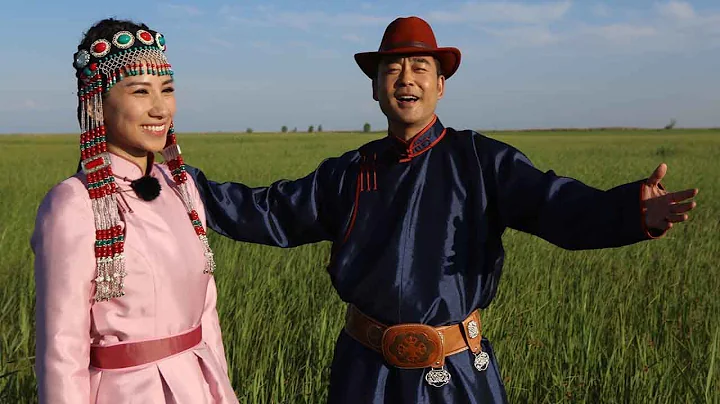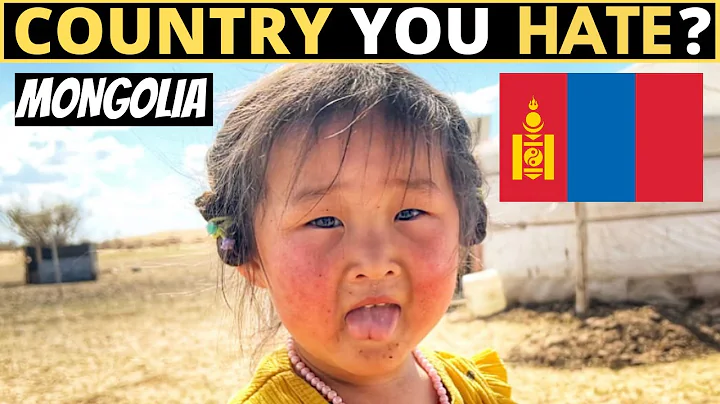
Today (July 1) is the 101st anniversary of the founding of the Communist Party of China. At the same time, the Kuomintang in Taiwan published an article in Taiwan's "China Times" to distort the interpretation of the " 1992 Consensus " (see above screenshot).
The title is "Warning Letter to All Members of the Kuomintang: The 1992 Consensus is the Peace Consensus"
The Chinese Communist Party and the Chinese Kuomintang are both century-old parties, and they are also a pair of "enemies" in the modern history of China. The grievances and grievances between the two major parties determine the fate of the Chinese nation.
Today, the fate of these two major parties has undergone a qualitative change.
The Communist Party of China celebrates its 101st birthday on July 1, 2022, and Hong Kong celebrates the 25th anniversary of its return to the motherland. The overlap of these two days is profound and rich in connotation.
It condenses the century-old journey of the Chinese nation from humiliation to rise. It is the Communist Party of China that realizes this great process.
At the same time, the Chinese Kuomintang lost power in Taiwan after losing power on the mainland and was struggling for life and death. Its current "old enemy" has changed from the Communist Party to the Democratic Progressive Party, and it is likely to "surrender" and become the reserve force of the Democratic Progressive Party.
On July 1, Hong Kong is celebrating the 25th anniversary of its return to China, which is as festive as a festival.
The Kuomintang pathetically published disgraceful articles on the "1992 Consensus" in newspapers. The full text of
is as follows:
A letter to all members of the Kuomintang
The 1992 Consensus is a peaceful consensus
The "1992 Consensus" has been debated endlessly in Taiwanese society, even within the Kuomintang. Most of the relevant remarks are divorced from its essential meaning and become consciousness. Form opposition or word games are of no help to solving practical problems, hinder the positive development of cross-strait relations, and even implicitly trigger the genes of cross-strait turmoil and conflict.
Returning to the essence of cross-strait relations, in fact, the greatest practical value of the "1992 Consensus" is cross-strait peace. It can be confirmed this way: "The 1992 Consensus is the consensus of peace."
Recognizing the "1992 Consensus" can ensure cross-strait peace. At a time when Taiwan's navy is facing fierce war and danger, peace is of far greater significance to Taiwan and the Asia-Pacific. Its importance is indescribable and immeasurable. "The 1992 Consensus is a consensus of peace." To ensure cross-strait peace, all parties and factions in Taiwan must view the "1992 Consensus" positively instead of doing the opposite.
From 2008 to 2016, both sides of the Taiwan Strait recognized the "1992 Consensus". Peace across the Taiwan Strait was ensured. Taiwan had dignity and self-confidence. Cross-Strait exchanges and development were great, but only the advantages were seen but not the disadvantages. For example, ECFA Taiwan is still benefiting from it today. . In contrast, after 2016, the ruling authorities did not recognize the "1992 Consensus" and the situation in the Taiwan Strait has fallen into a dangerous situation of war and war. It is regarded by the international community as the most prominent gunpowder storehouse in the Asia-Pacific region.
With the "1992 Consensus", there will be cross-strait peace. Without the "1992 Consensus", there will be no cross-strait peace.
The contrast between the two periods before and after is so sharp and the contrast is so huge. Isn't the political value and current significance of the "1992 Consensus" clear enough? Therefore, it is absolutely certain that: "The 1992 Consensus is a peaceful consensus!"
The ruling authorities, Those in charge of the Kuomintang must, based on their huge historical responsibility for the welfare and safety of more than 23 million people in Taiwan, show great courage and make great decisions, bravely abandon ideological and oppositional emotions, abandon the attitude of playing word games, and view the "1992 Consensus" positively. The practical value and political role of the two sides should be firmly affirmed that "the 1992 Consensus is a peaceful consensus", and the "1992 Consensus" should be restored as the basis for the resumption of peaceful exchanges between the two sides of the Taiwan Strait, so as to turn crises into opportunities, manage differences, negotiate on an equal footing, and achieve a win-win situation.
"The 1992 Consensus is the Peace Consensus" is clear and unequivocal, beyond debate.We cherish peace and love peace, and we must loudly shout "peace, struggle, and save the Taiwan Strait!"
This article mainly elaborates on three aspects of views:
1. Redefine the connotation of the "1992 Consensus": it is essentially a peace consensus.
2. By comparing the changes in cross-strait relations between the Ma Ying-jeou period and the current Tsai Ing-wen period, it shows that only by recognizing the "1992 Consensus" can cross-strait peace be guaranteed.
3. The Democratic Progressive Party and the Kuomintang should both return to the "1992 Consensus" and work together to avoid war in the Taiwan Strait and save Taiwan.
Looking at the contents of these three aspects, two words stand out: "peace". Two words are missing: "One Middle School" . To put it simply, the whole article only emphasizes the unity of , not the unity of , and does not talk about the unity of . It is even more regressive than Ma Ying-jeou's "no unification, no independence, no force". He doesn't even say "no unification, no independence, no force". He doesn't even say "no reunification, no independence", only "no force".
I can regard this article as "three articles":
The first is the "Prayer for Peace", that is, "praying for peace" to the DPP authorities and "praying for peace" to the mainland.
Second, the "article of surrender" means surrendering to the DPP. The entire article is full of "please" to the DPP authorities and has no fighting spirit. Regarding the DPP's mistakes that led to the dangerous war between the two sides of the Taiwan Strait, there is only advice, no struggle, no criticism, and no accusation.
Third, the "Article on Taiwan Independence" attributes the "1992 Consensus" to the "Peace Consensus" and replaces the concept of "One China Consensus". Originally, the 1992 Consensus refers to the consensus on the one-China principle. That is to say, both sides of the Taiwan Strait recognize the one-China principle and consider themselves Chinese, and have reached a consensus on this point. However, this article does not mention a word about "one China" or reunification. It only calls for peace. In fact, it is an "unique article on harmony and platform".
This is very contradictory, because without the one-China principle, there is no consensus and there is no peace. The premise of peace is the one-China principle. This article removed "One China", and the "1992 Consensus" lost its core and was hollowed out.
No wonder Zhu Lilun said in the United States "The 1992 Consensus is a consensus without consensus" , this is what he really thinks. Now, in order to balance the opposition, they are playing word games and turning the 1992 consensus into a peace consensus. This kind of trick is too clumsy.
The Kuomintang has been daydreaming. It only wants peace, not reunification. It only wants preferential treatment from the mainland and does not want the mainland to unify Taiwan. It is an out-and-out "peace and independence".





















